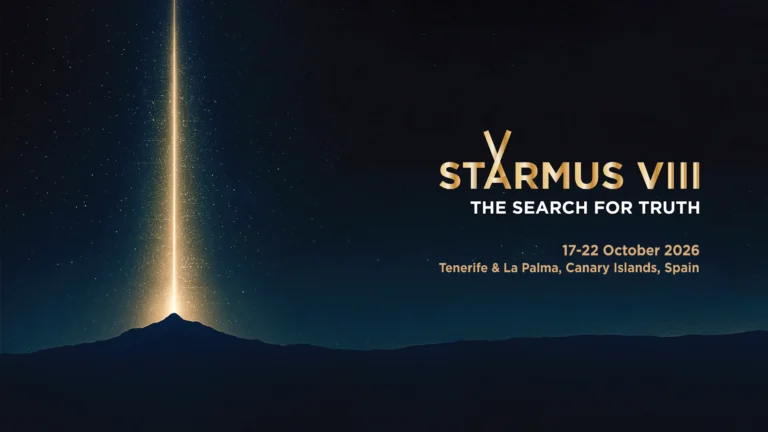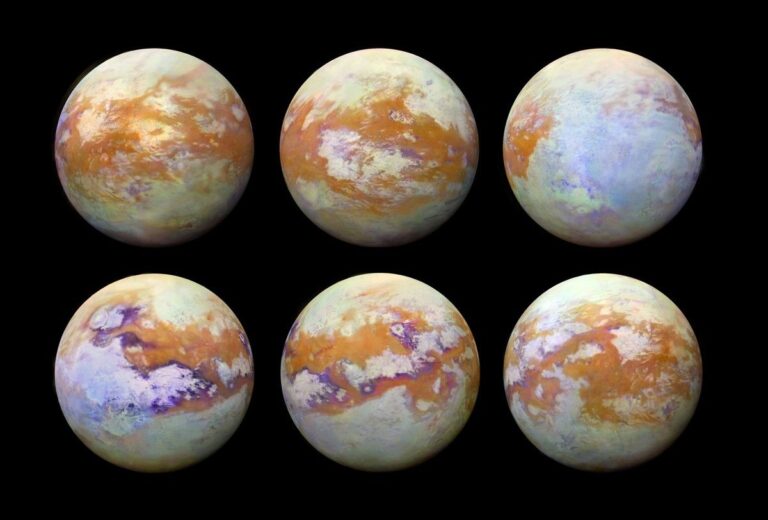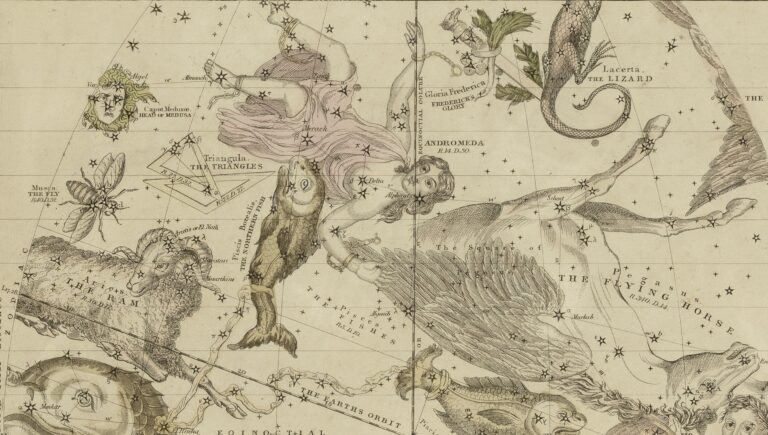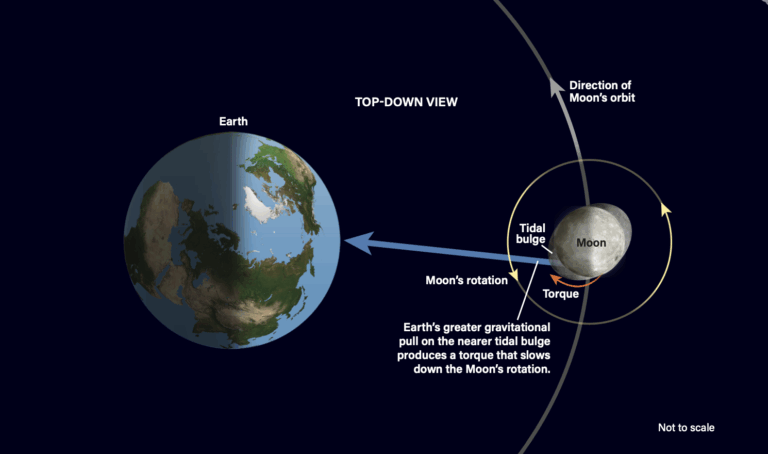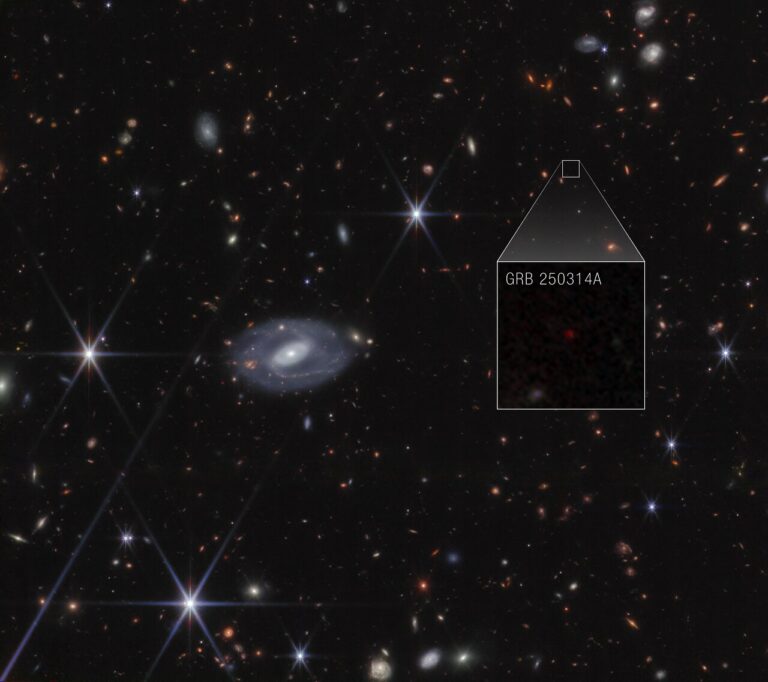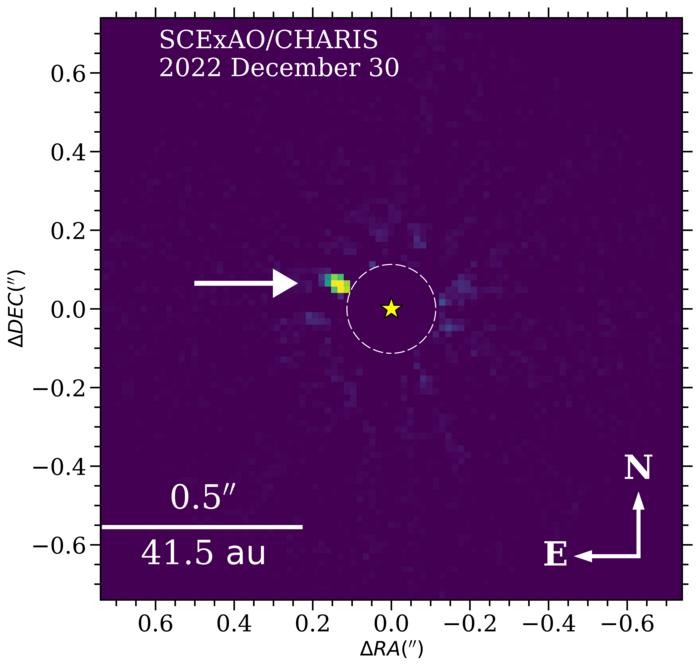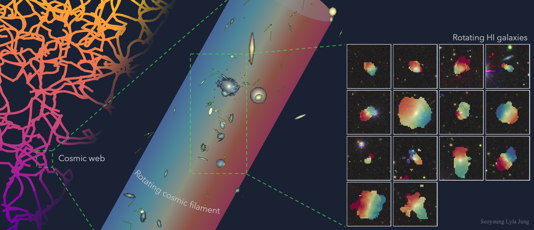Key Takeaways:
- Uranus, the seventh planet from the Sun, possesses a diameter of 31,800 miles (51,100 kilometers), making it the solar system's third-largest planet.
- Its atmosphere, composed primarily of hydrogen (83%), helium (15%), and methane (2%), imparts a distinctive blue-green hue due to the presence of methane.
- Orbiting at a distance of approximately 1.8 billion miles (2.9 billion km) from the Sun, Uranus completes one revolution every 84 Earth years and rotates on its axis every 17 hours.
- Characterized by an extreme axial tilt, possibly resulting from a past collision, Uranus lacks a solid surface and is encircled by 11 narrow rings and at least 27 moons, five of which are significantly larger than the others.

NASA Marshall Space Flight Center
Size: About 4 Earths would fit side by side across the face of Uranus. Its diameter is 31,800 miles (51,100 kilometers), making it the third-largest planet in the solar system.
Distance from the Sun: The seventh planet from the Sun, it orbits at a distance of about 1.8 billion miles (2.9 billion km), more than 19 times farther than Earth’s orbit.Orbit around the Sun: It goes around the Sun once every 84 Earth years.Rotation: It spins on its axis one time every 17 hours.
Surface: The planet does not have solid surface.
Atmosphere: The atmosphere of holds hydrogen (83 percent), helium (15 percent), and methane (2 percent). Methane is what gives Uranus its blue-green color.
Temperature: It is is very cold — its average temperature is
–350° F (–210° C).Escape velocity: To escape the gravity, you need to travel 47,600 miles (76,600 km) per hour, compared to 25,000 miles (40,200 km) per hour necessary to escape Earth’s gravity.Other information: Discovered by William Herschel in 1781, Uranus is encircled by 11 narrow rings.
–350° F (–210° C).Escape velocity: To escape the gravity, you need to travel 47,600 miles (76,600 km) per hour, compared to 25,000 miles (40,200 km) per hour necessary to escape Earth’s gravity.Other information: Discovered by William Herschel in 1781, Uranus is encircled by 11 narrow rings.
The planet’s five largest moons are: Ariel, Umbriel, Titania, Oberon, and Miranda. There are at least 22 smaller moons.
Uranus is the planet tipped on its side. Uranus spins more like a barrel on its side than a top. This strange tilt may be the result of a collision with another body that tipped Uranus on its side.
In mythology, Uranus was the father of Saturn and grandfather of Jupiter.


